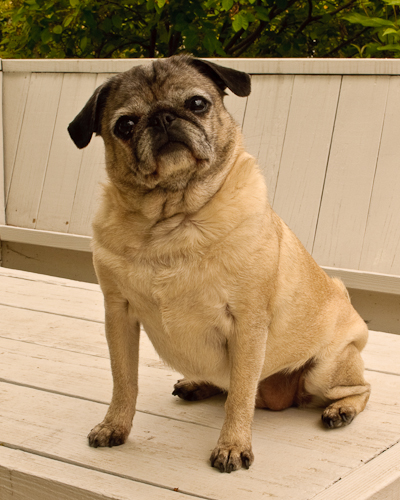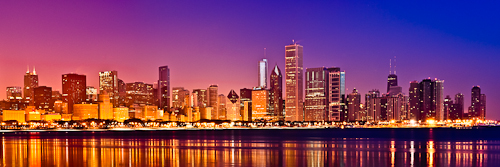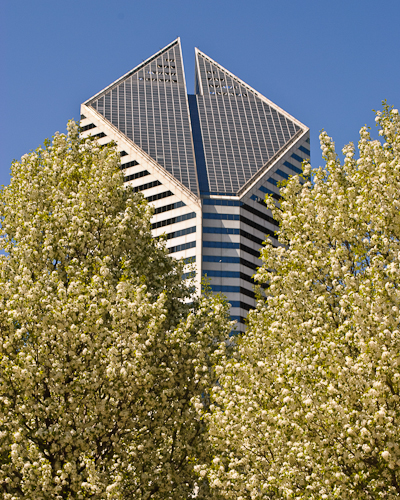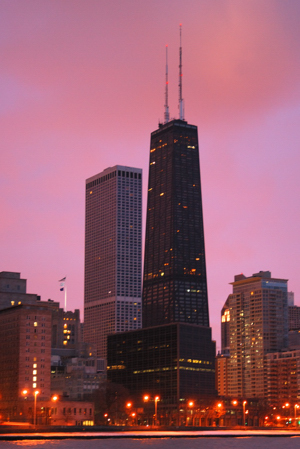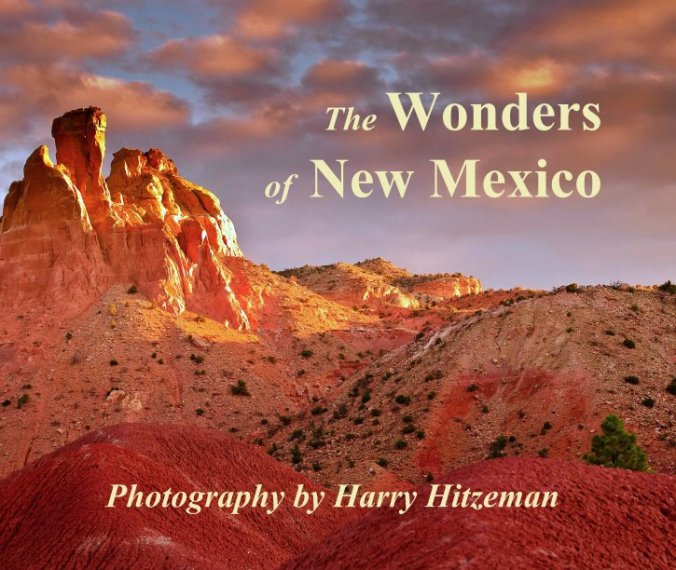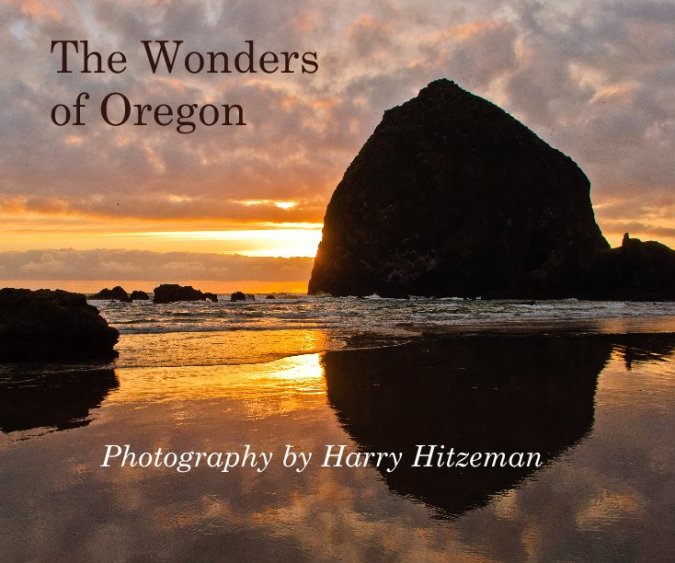Assignment: Pet Portrait
“Obtain a telling portrait of a pet animal to convey its character, charm, or features. If possible, work with an animal that is lively and has an expressive face. Aim to capture more than the expression or gesture — remember that the composition and lighting should be attractive too.”
— from Digital Photography Masterclass by Tom Ang
Results
Prada is the name of this pug dog, an energetic, curious, and eventually friendly female. I did a lot of crawling around on the floor trying to get the shot, but Prada kept coming over and nuzzling against my thigh. I think she likes me. I shot this image of her in outdoor light on an overcast day. I placed her on a table so I could get more on her level, and not be pointing the camera down on her. And this kept her from wandering around. Her owner, my daughter Lauren, helped to draw her attention towards the camera. She seems to be cocking her head, pondering why on earth was I putting her up on this table and pointing this black thing at her?
Tips
- Animals move quickly, and many shots will be blurred unless you use a fast shutter speed and wide aperture. Skip the auto-focus if possible. Shots are quicker without it. My best shots were when Prada was still.
- Avoid wide open mouth shots of the dog, they look pretty sloppy.
- The best shots are of the dog looking into the camera. We want to see her face and eyes. I read a tip that if you keep a little piece of crinkly cellophane in your hand, and keep your hand near the lens, the animal will look toward it quizzically.

